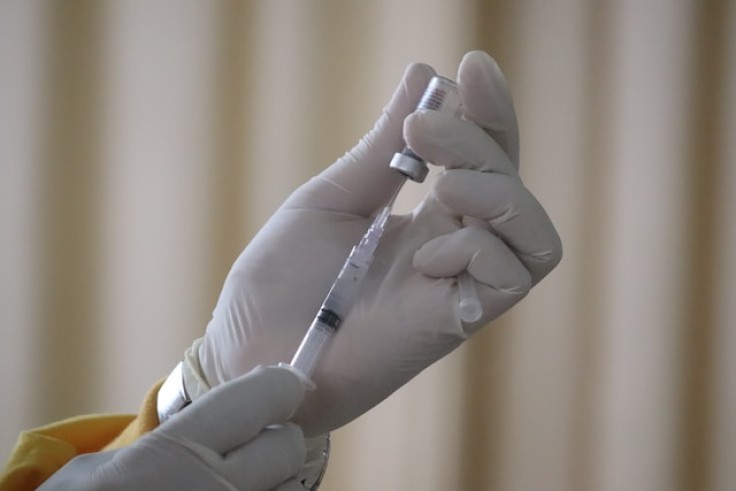
The United States experienced a severe respiratory virus season last year, marked by a resurgence of the flu, a surge in respiratory syncytial virus (RSV), and an uptick in COVID-19 cases. Health experts attributed the sudden increase in flu cases to the relaxation of pandemic precautions like masking and social distancing.
RSV Hits Record Highs in Winter Months, Worst Season Doctors Can Remember
In addition to the flu and RSV, the US also saw a rise in COVID-19 cases. The arrival of the bivalent COVID-19 booster helped protect against the BA.5 subvariant, but only 17% of Americans received the updated vaccine, according to the CDC. Consequently, hospitals and urgent care centers were overcrowded, drug shortages were common, and many people took sick leave.
However, experts predict a more typical respiratory virus season this year. RSV and flu cases are currently at low levels and are expected to follow their usual seasonal patterns. COVID-19 cases may increase in the winter, but not to the levels seen in recent years unless a new variant emerges. Experts estimate a 10-20% chance of a new variant arising within the next two years.
Vaccines and antibodies against the three major respiratory viruses, including Covid-19, flu, and RSV, are now available, marking a historic milestone in combating these illnesses. However, challenges remain in ensuring access to these vaccines and encouraging people to get vaccinated.
The government has stopped purchasing COVID-19 vaccines for everyone, meaning that costs will be passed on to insurers and possibly patients. In addition, the adult vaccination system needs improvement, especially in rural and low-income areas.
Dr. Peter Hotez, co-director of the Texas Children's Hospital Center for Vaccine Development, highlighted concerns about the rise in antivaccine activism during the COVID pandemic. He fears this could result in a low uptake of the three vaccines this fall.
COVID-19 cases are experiencing an end-of-summer surge, with a 60% increase in hospitalizations since early July, reaching over 10,000 in the first week of August. However, these rates are still lower than last year and represent about 90% of the pandemic. Updated COVID-19 vaccines against the XBB strain are in development but may not be available for another month. Experts advise older individuals to get tested and start antiviral medications, like Paxlovid, immediately if they have respiratory symptoms.
Read Also : UNICEF COVID-19 Fuels Vaccine Hesitancy, Disrupting Childhood Immunization- Biggest Setback in 30 Years
Vaccine Fatigue May Impact Flu Vaccination Rates After Drop Last Year
If the flu follows a more normal pattern this year, cases will rise in November and peak after the New Year. This year's flu vaccine contains an updated H1N1 strain, which matches the circulating viruses. However, convincing people to get vaccinated may be a challenge due to vaccine fatigue. The CDC recommends an annual flu vaccination for everyone over 6 months of age.
RSV is expected to return to its typical seasonal pattern this year, with cases rising in October and peaking in late December to mid-February. RSV hospitalizes about 80,000 children under 5 and twice as many people over 65 every year.
This year, a new antibody shot for babies and RSV vaccines for people 60 and older could significantly reduce these numbers. The vaccines have been shown to cut the risk of severe disease and hospitalization by 75% or more.
Both GSK and Pfizer confirmed that their RSV vaccines for seniors are now available in pharmacies nationwide. Dr. William Schaffner, an infectious disease expert at Vanderbilt, encouraged people to start getting vaccinated as soon as possible.
Related Article: Mom Claims Teen Son Has Lingering COVID-19 Vaccine Side Effects, Sues LA School District for Unconsented Vaccination